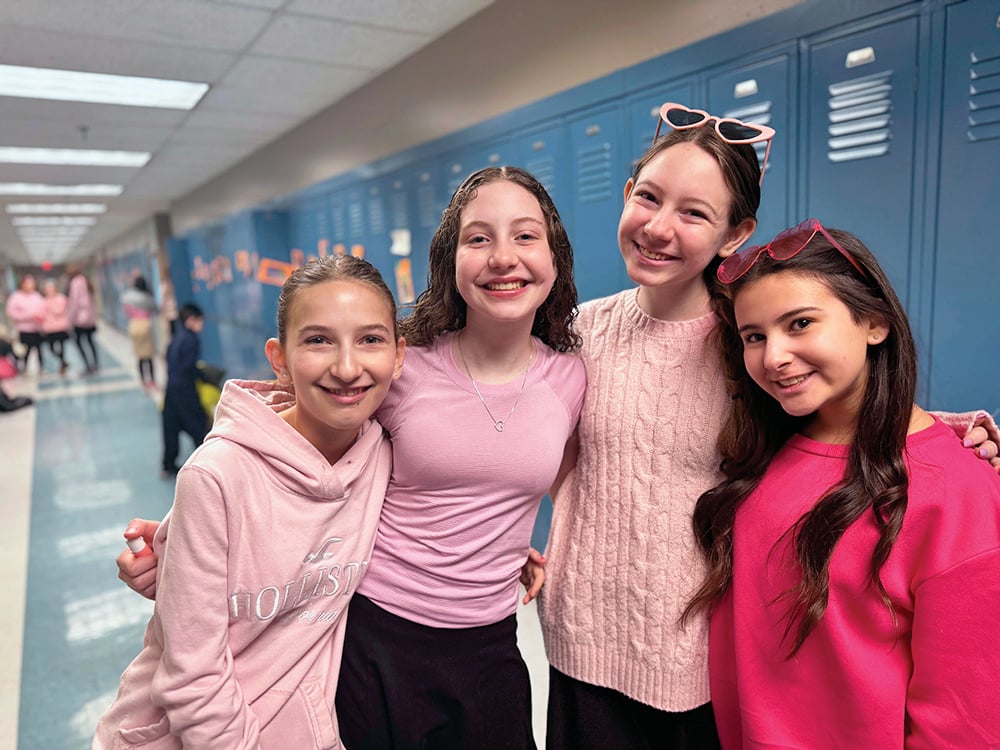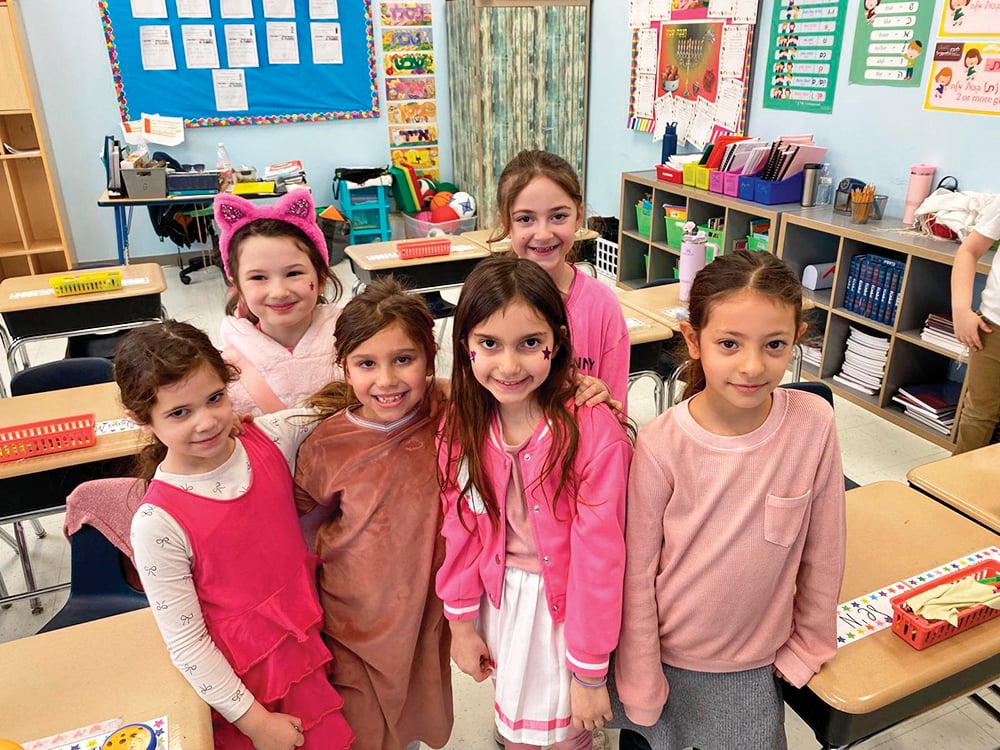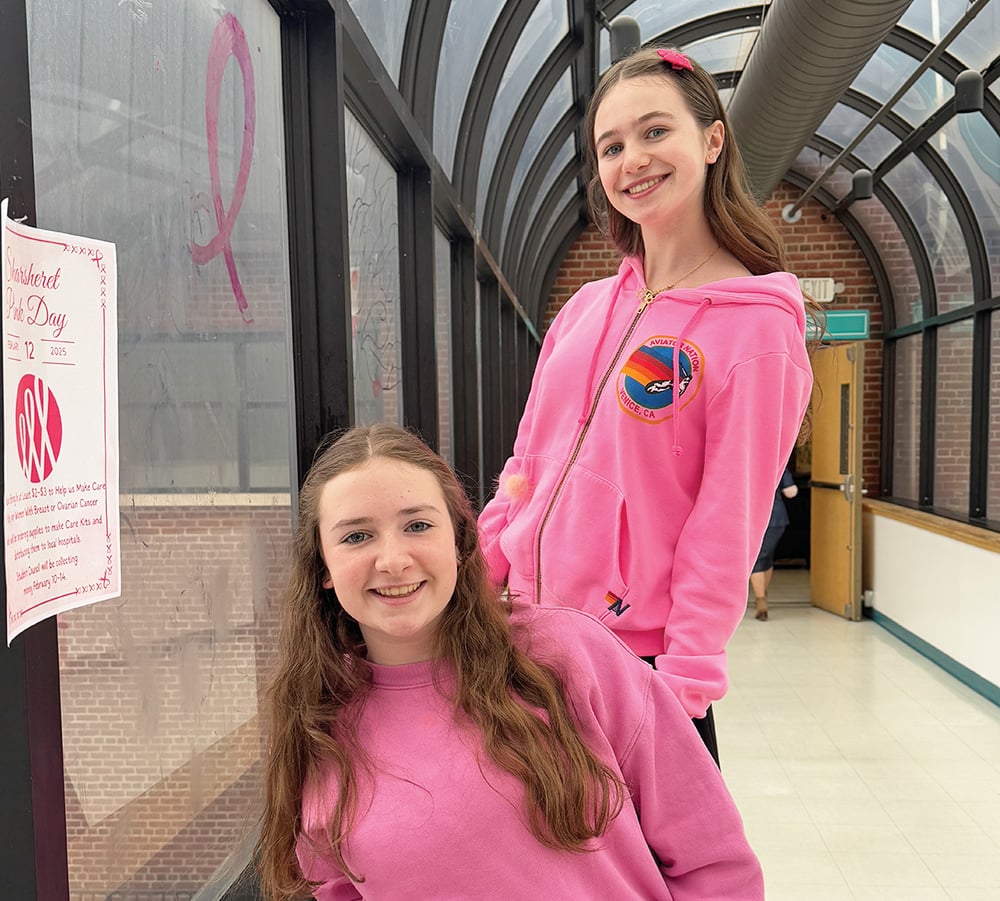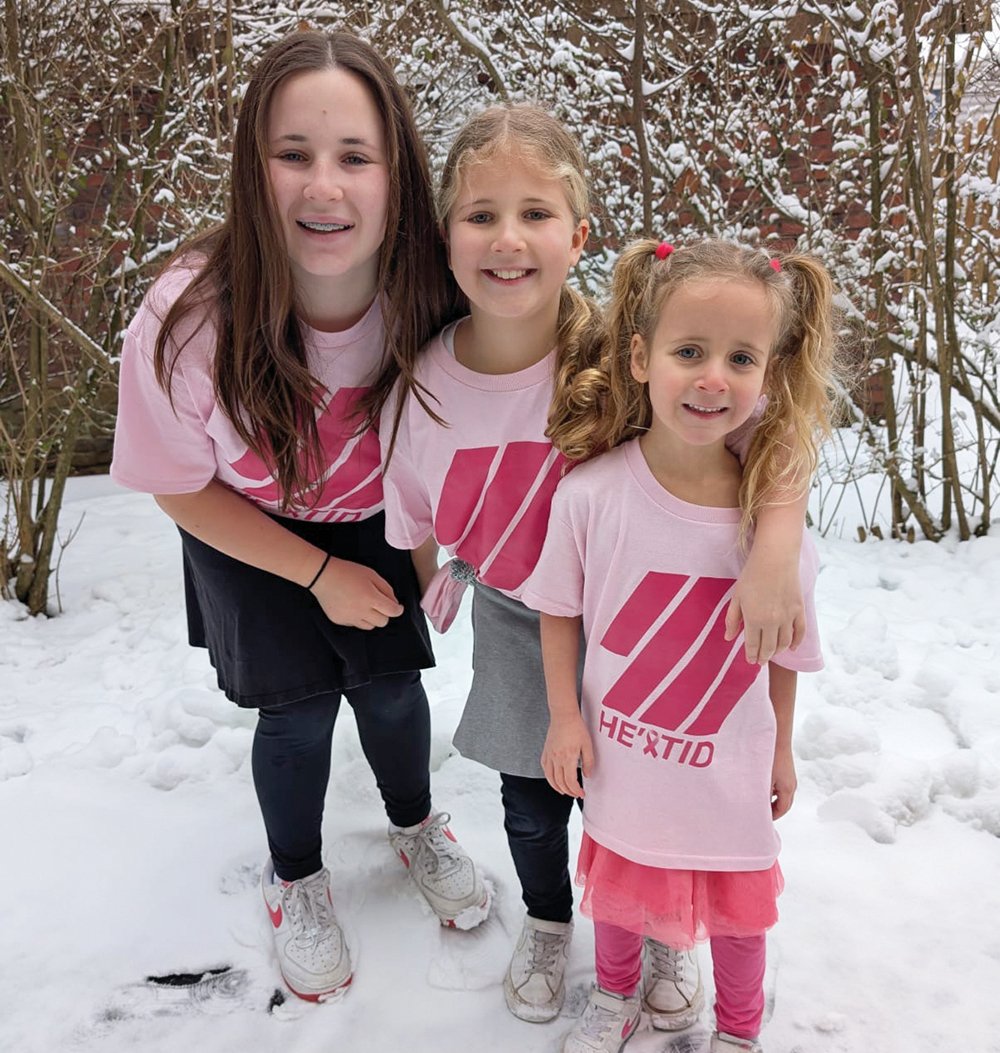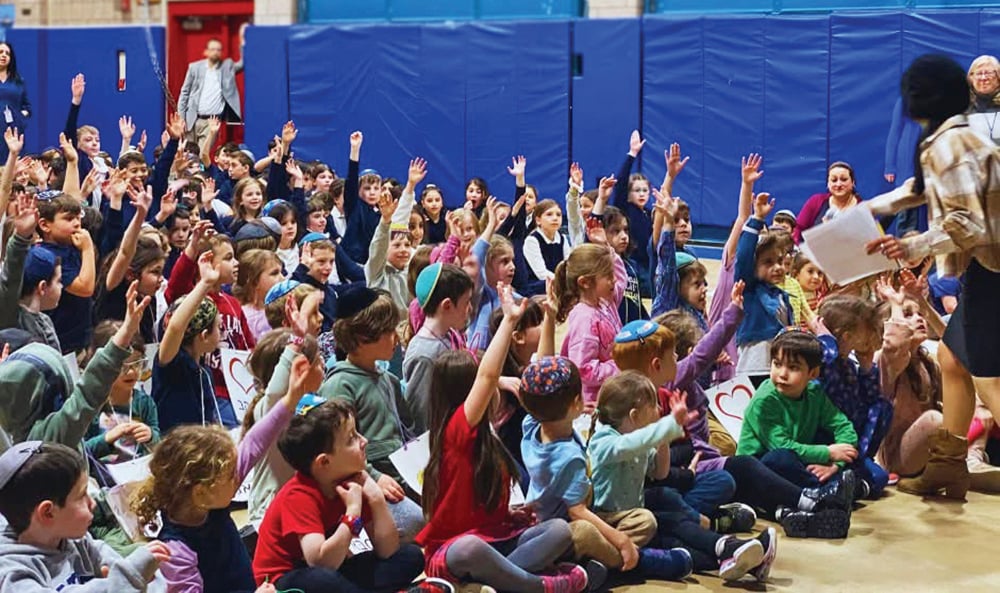There is a well known motivational theory in psychology that the most basic needs of students need to be met before any higher level learning can take place. A student’s safety needs have to be satisfied as a foundation for engaging in intellectual contemplation. This refers to physical safety as well as a sense of safety to honestly and critically listen and respond to each other, the latter of which is the focus in this article.
Often these safety features are implied, or considered intact by a verbal expression of “this is a safe space” and the focus of educators goes primarily to teaching. Unlike the creation of the universe, however, where God’s statement “Let there be light” manifested into a light-filled reality, as participants in educational communities, declaring a safe space safe is simply not enough.
This came up for me recently in a meeting where as members of a group, we were all committed to learning together in a safe space. This meant we could personalize the material while learning and engage in respectful dialogue. It would also mean that we would be willing to make ourselves vulnerable. Yet nevertheless, I felt myself armor up as soon as I became uncomfortable. While everyone present was well-intentioned, some comments were made that I felt mistakenly described my religious community, and me by association. Our meeting was focused on spiritual growth and I was hearing claims about individuals’ lack of connection, which felt like an unfair overgeneralization. Spiritual growth is nuanced and complex and I do not believe it is possible to know the nature of a connection that another person does or does not have with their creator. By the end of the meeting, I wondered how to maintain my participation in the group and honor the safe space we pledged to have.
This experience taught me that safe spaces require work. Valuing a learning opportunity means not giving up on a learning community when discomfort arises, or denying the feelings of guardedness that ensue. Being mindful of those feelings means recognizing triggers, bringing awareness to your breath and to your body as you experience them, and responding with intention. Exercising this pattern can be helpful in carrying us through the growing pains of relationship building, especially in a new educational setting. I realized this conflict was not centered on any particular individual in the group, but an inevitable difference of perspective and language that becomes detectable when learning in a group setting.
While I experienced this particular scenario as an adult among adults, I wondered what lessons there can be for younger students and their teachers. Too often, I have heard young students express frustration with a class, feeling misheard, mistreated or misunderstood. Consequently, this could lead them to give up and at least cognitively check out of the learning opportunities in that classroom setting. For some, this manifests as not paying attention or completing assignments, resulting in falling behind academically and possibly affecting social interactions as well. For others, this leads to feelings of self-doubt or shame. In other instances, it can lead to feelings of superiority that can result in different so-called problematic behaviors, wherein it becomes tricky to identify the source or the solution.
What if there was a way to caringly preempt that discomfort for students? Like rainy days, we know they will happen and it’s OK when they do. With the right preparation and gear, we manage. Similarly, if we anticipate traffic or a detour on a road trip, we will likely be more patient and less anxious when it comes up. With confidence that staying the course will bring us to our destination, the roadblocks and rerouting may enrich the journey, revealing new sights and conversation along the way. Detour signs and traffic patterns can become far less frustrating or disruptive.
A first step to managing discomfort can simply be to identify it. This skill can be positively taught and reinforced by educators on a daily basis. Anticipate there will be concepts that will be harder to grasp. Expect there will be days or moments when you feel you are not being heard or understood. Know there will be technical glitches with online learning or work submissions, inadvertent errors made in assignments and miscalculations in grading systems. These frailties are all par for the course. Normalize these realities. Then teach the tools to contend with them.
Skills like self-advocacy, troubleshooting, reaching out for help, active listening or reworking your approach to a conversation or assignment all take time and maturity to hone and develop. So do skills like mindfulness and meditation, which can be used to alleviate related stress and help foster a growth mindset. It is best to introduce these skills not in crisis mode, but at quiet times. Approaching learning equipped with awareness of imperfections along with tools to respond to them can be very advantageous for students and teachers. It ought to be promoted as an integral component of school culture.
At times, it can be challenging to discern when discomfort should be an impetus to advocate for change versus when it is something we need to stretch our patience and tolerance to sit with and adapt to. That discernment is also a skill that requires time and attention, as well as positive examples and role models to learn from. If a teacher asks students to wait until a certain time to comment or ask questions, there is an opportunity to exercise patience, knowing the waiting period is temporary and the time to share is imminent. If that time does not come as soon as they hope or plan, there are alternative ways to communicate, such as in a meeting or email after class. On the other hand, if a student is in a tracked class that they feel is not appropriate for them and they would learn better in another setting, they should certainly speak up and request a reconsideration of their class placement.
Reflecting on our adult experiences of feeling uneasy and what it takes for us to regain composure can be helpful in knowing how to educate students in identifying and working through their own experiences of discomfort. This process can reveal so much to you about yourself and others and how you communicate with each other as part of a shared learning community. With the right tools, those pangs can be a springboard for raising self-awareness, along with setting a foundation for more meaningful relationships with your learning and your learning partners. A truly safe learning space in one that is conducive for this growth to happen.
Aviva Edelstein is an educator living in Teaneck. Her academic background in Jewish philosophical healing texts has inspired her current work in mindfulness and education.



